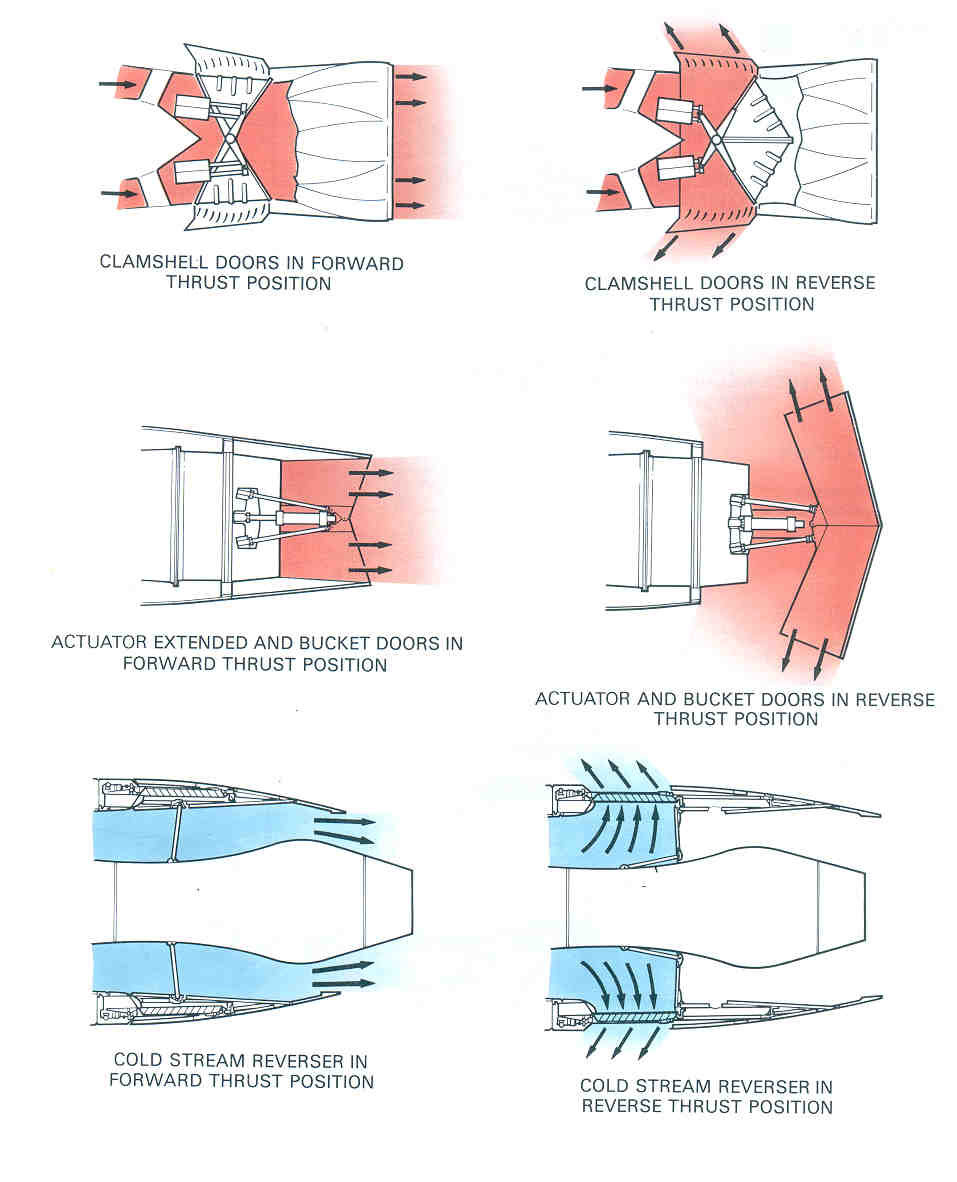T
he landing roll is when the aircraft touches down, is brought down to taxi speed and eventually comes to a complete stop.
The majority of commercial jet engines have to continue producing thrust in the forward direction, even when idling, to act against the aircraft’s deceleration. While the brakes used on the majority of aircraft landing gear will be sufficient in normal circumstances to stop the aircraft alone, for safety reasons and to help reduce the stress on the plane’s brakes, another deceleration method is typically in place.
This is especially important if there is wet or icy weather. Rain and snow on the runway where the plane is stopping will reduce how effective the brakes are, and in emergencies, such as rejected takeoffs, this will be more pronounced.
Solutions to Provide Better Deceleration in Modern Aircraft
An effective yet simple method to handle bad weather conditions and the braking and stopping process is reversing the direction that the exhaust stream of the aircraft’s jet engine and using the engine’s power to decelerate.
In an ideal situation, the reversed exhaust stream would go in a forward direction; however, for a number of reasons, this isn’t possible, resulting in the method being not as effective.
Thrust reversal is a possible method of reducing in-flight airspeed, but this isn’t one that is commonly used for modern aircraft.
The three types of thrust-reversing systems currently used on jet engines include cold stream, clam-shell and target systems. There are several propeller driven planes that utilize variable pitch propellers, which can reverse the thrust by changing the propeller blade pitch. The majority of commercial jets and military plans have these devices in place.
Reverse Thrust’s Effect on the Landing Roll
When early deceleration is provided by reverse thrust, it can help reduce the landing roll by up to a quarter or more. However, according to regulations, aircraft have to have the ability to land on a runway without using thrust reversal to be certified and allowed to land at that location as part of the airline service.




